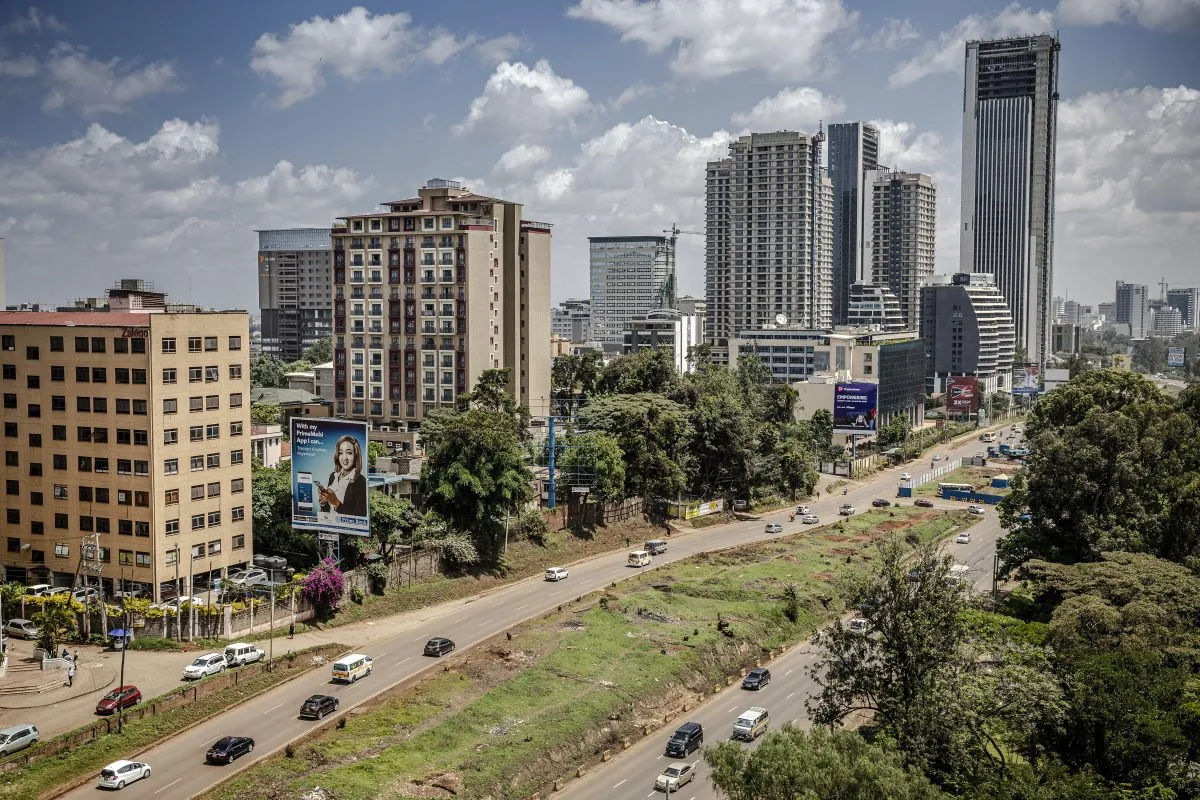
Monday, 25th August 2025

Par inAfrika Reporter
Across the region, the same flywheel keeps showing up when results are durable: cheap, sticky deposits built on dense last-mile distribution; digital rails that turn customer activity into repeatable fee and interest income; and governance that lowers the real cost of capital by earning trust. You can see it in Tanzania, where NMB’s transaction migration is now essentially complete—96% of customer activity runs through alternative channels—and its cost-to-income and NPL ratios reflect that efficiency and control. In Kenya, KCB’s picture is similar at scale: 99% of transactions happen away from the branch, which supports a broad non-funded income base and helps explain why the group can grow earnings and still propose record interim and special dividends. When those rails are paired with disciplined credit and transparent reporting, the payoff is straightforward: steadier earnings through cycles, fewer nasty surprises in asset quality, and more headroom to reinvest without overpaying for funding.
Uganda may be offering the cleanest case study in 2025. Stanbic Uganda has combined scale with unusually tidy asset quality, reporting a half-year return on equity of roughly 27% alongside an NPL ratio of just 1.3%—a rare pairing in any market. Deposits and loans are both expanding, but the bank isn’t chasing growth for its own sake; its loan-to-deposit ratio sits well below strain levels, and credit losses are near zero, which makes every shilling of income worth more.
Rwanda’s BK Group keeps posting quiet compounding. In Q1 2025, it delivered net income growth, a 22% return on equity and an NPL ratio around the mid-3s, all while tightening its cost-to-income ratio into the mid-30s—evidence of operating leverage rather than accounting heroics. The balance sheet is growing in step, with loans up and deposits tracking, so the funding mix stays sane.
Kenya shows the power and the pressure of scale. KCB’s half-year profit rose, ROAE sits above 22%, and the group is paying a material interim and special dividend—proof that operating leverage and regional diversification still work. But asset quality remains the swing factor: NPLs are easing but still high-teens, so provisioning discipline is doing as much heavy lifting as revenue. Equity Group tells the same story from a different angle—strong top-line growth and diversification, with NPLs in the mid-teens and tight risk management to stop that number from dictating the valuation.
Back in Tanzania, the two heavyweights remain case studies in “returns without drama.” NMB’s 2024 report shows low-single-digit NPLs, a sub-40 cost-to-income ratio and a loan-to-deposit ratio around the low-90s—busy but not overextended. CRDB’s audited 2024 numbers tell a similar tale of scale with control: ROE in the high-20s, rising income breadth and a larger balance sheet without blowing out costs. These are the operational footprints that usually earn a valuation premium because investors are buying the spread and the runway, not a one-off spike.
Further south, Zambia and Malawi are reminders that stewardship is also about context. Zanaco’s mid-2025 update shows growth in loans and deposits, but a higher cost-to-income ratio as energy-transition costs and pricier funding bite—returns are advancing, just with more friction. Malawi’s FDH Bank is sprinting—triple-digit profit growth and a strikingly high reported ROE in H1 2025—but the market will want to see how much of that is structural versus cycle and securities-mix. Each is a valid path; the test is whether funding stays cheap, credit costs stay contained, and operating expense settles after the step-up.
Three things will separate durable compounding from flattering snapshots. First, asset quality through the capex cycle: as corporate books deepen and rate paths shift, watch early-warning systems and collateral hygiene—Kenya’s experience is instructive here. Second, the price of transaction deposits: agency networks and super-apps have created low-beta funding, but competitors are copying the playbook, so the stickiness of those balances will be tested, especially where FX frictions ripple into pricing. Third, operational resilience when almost everything is digital: fraud analytics, identity controls and uptime are the new branch network. Tanzania’s numbers show what happens when migration to alternative channels is complete; Uganda’s clean book shows what happens when controls keep up.
One last macro lens comes from South Sudan, where the central bank has been actively mopping up liquidity via term-deposit auctions and conducting FX auctions to steady the system. Banks there aren’t sprinting on growth; they’re helping lay the pipes so that pricing and liquidity become predictable. That is stewardship of a different kind—and it will shape how quickly balance sheets can scale once the rails harden.
If you’re gauging managements, favor the ones turning customer activity into systems, not campaigns; the ones publishing more, not less, when the cycle tightens; and the ones that treat governance as the cheapest form of capital. Across this region in 2025, that’s what separates momentum from endurance.


